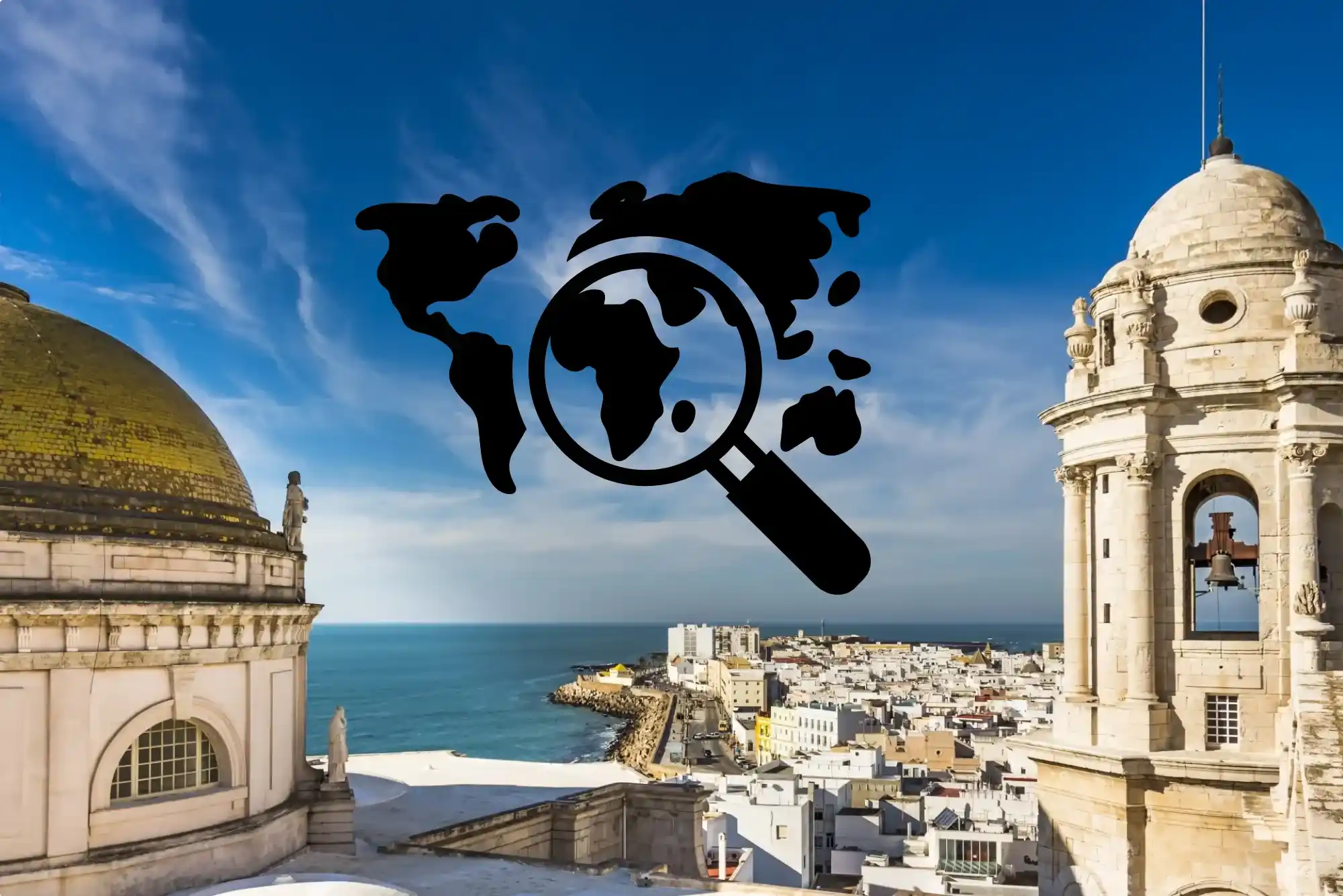The Ancient Beginnings of Cádiz
Cádiz, one of the oldest continuously inhabited cities in Europe, boasts a history that dates back over 3,000 years. Founded by the Phoenicians around 1100 BCE, this coastal gem was originally known as Gadir. Its strategic location on the Atlantic coast made it a vital hub for trade and cultural exchange. The Phoenicians established Cádiz as a thriving port, connecting the Mediterranean with the Atlantic and beyond.
As you stroll through the city today, remnants of its ancient past can still be seen, from archaeological sites to the layout of its historic quarters. For those seeking to immerse themselves in this rich history, a Free tour Cádiz offers an excellent way to explore the city’s ancient roots while enjoying its modern charm.
Roman Influence and the Golden Age
After the fall of the Phoenicians, Cádiz came under Roman rule in 206 BCE. The Romans renamed the city Gades and transformed it into a bustling metropolis. It became a center of commerce, culture, and military power, with impressive infrastructure such as aqueducts, amphitheaters, and temples. The Roman theater, discovered in the 1980s, is a testament to this era and remains a must-visit site for history enthusiasts.
During this period, Cádiz also gained fame for its salted fish and garum, a fermented fish sauce highly prized across the Roman Empire. The city’s prosperity during the Roman era laid the foundation for its enduring significance in European history.
The Moorish Era: A Cultural Renaissance
In 711 CE, the Moors conquered Cádiz, ushering in a period of cultural and architectural transformation. Under Islamic rule, the city became a melting pot of traditions, blending Moorish, Christian, and Jewish influences. The Moors introduced advanced agricultural techniques, intricate architectural styles, and a rich intellectual tradition that left a lasting impact on the region.
Visitors can still see traces of this era in the city’s architecture and urban design. The influence of Moorish culture is evident in the intricate tilework, courtyards, and arches that adorn many historic buildings in Cádiz.
The Age of Exploration and Maritime Glory
The 15th and 16th centuries marked a turning point for Cádiz as it became a key player in the Age of Exploration. Christopher Columbus set sail from its shores on his second and fourth voyages to the New World, cementing the city’s role in Spain’s maritime history. Cádiz flourished as a hub for trade and exploration, with its port serving as a gateway to the Americas.
During this time, the city experienced a cultural and economic boom, attracting merchants, explorers, and adventurers from around the world. A Free walking tour Cádiz can provide fascinating insights into this golden age, highlighting the city’s pivotal role in shaping global history.
The 18th Century: A Period of Enlightenment
By the 18th century, Cádiz had become one of Spain’s wealthiest cities, thanks to its monopoly on trade with the Americas. The city’s prosperity attracted artists, writers, and intellectuals, making it a center of enlightenment and innovation. The Cádiz Constitution of 1812, one of the first liberal constitutions in Europe, was drafted here, reflecting the city’s progressive spirit.
Today, visitors can explore landmarks like the Oratorio de San Felipe Neri, where the constitution was debated, and the Torre Tavira, which offers panoramic views of the city and its historic skyline.
Modern Cádiz: A Blend of History and Vibrancy
In the 20th and 21st centuries, Cádiz has continued to evolve while preserving its rich heritage. The city’s historic center, with its narrow streets, charming plazas, and vibrant markets, offers a glimpse into its storied past. At the same time, Cádiz is a lively, modern city known for its festivals, such as the famous Carnival of Cádiz, and its thriving arts and culinary scenes.
Whether you’re a history buff, a foodie, or simply looking to soak up the sun on its beautiful beaches, Cádiz has something for everyone. A free tour Cádiz is the perfect way to experience the city’s unique blend of history, culture, and modernity.
Conclusion: Lessons from Cádiz’s History
The history of Cádiz is a testament to the resilience and adaptability of its people. From its ancient Phoenician roots to its role in the Age of Exploration and beyond, the city has continually reinvented itself while honoring its past. Today, Cádiz serves as a reminder of the importance of cultural exchange, innovation, and community in shaping our world.
As you explore this historic city, take a moment to reflect on the lessons it offers. Whether it’s the enduring legacy of its ancient civilizations or the progressive ideals of its enlightenment era, Cádiz’s history is a source of inspiration and a window into the complexities of human civilization.




